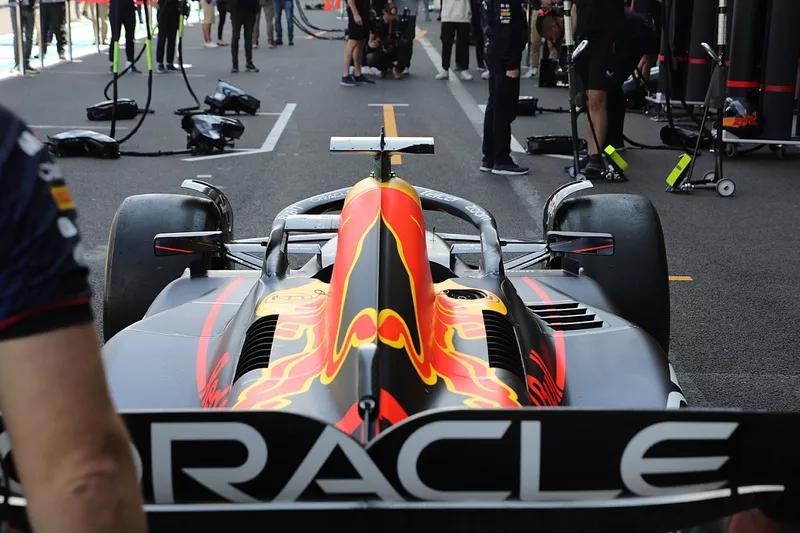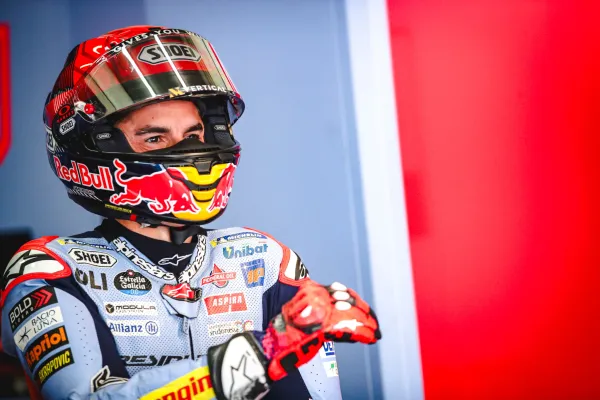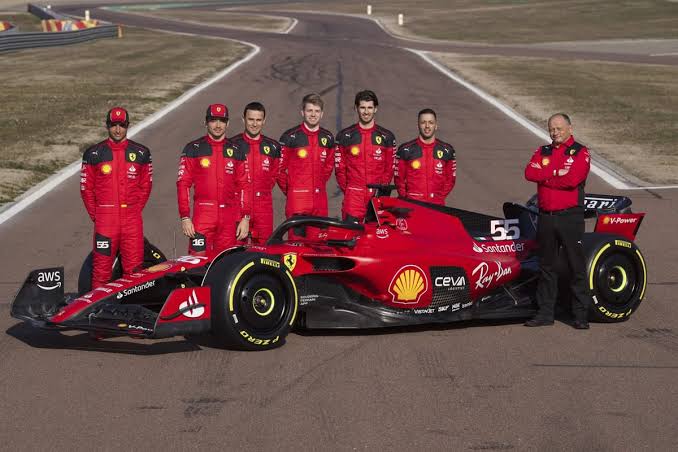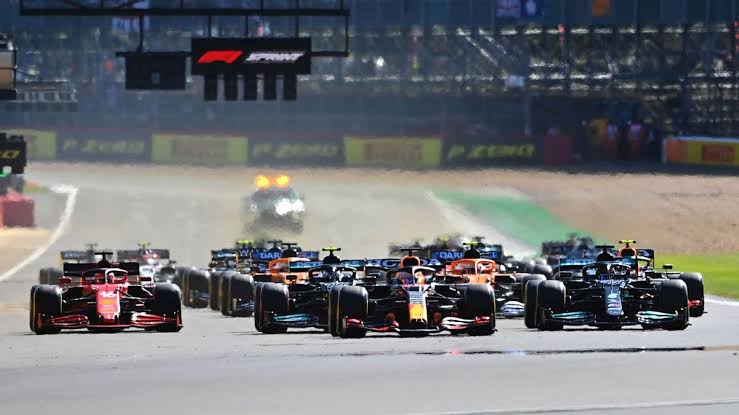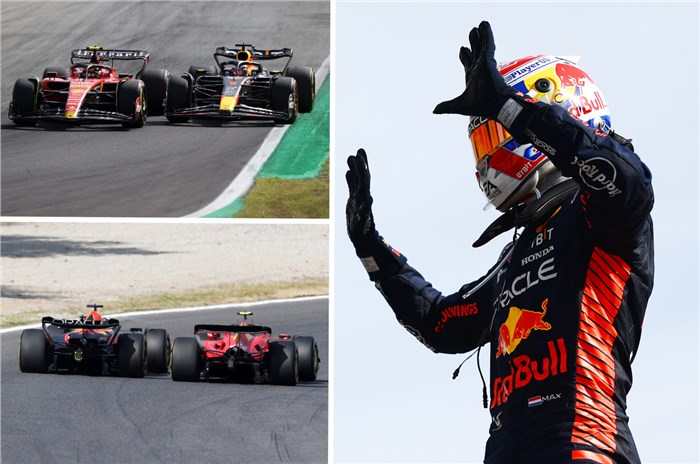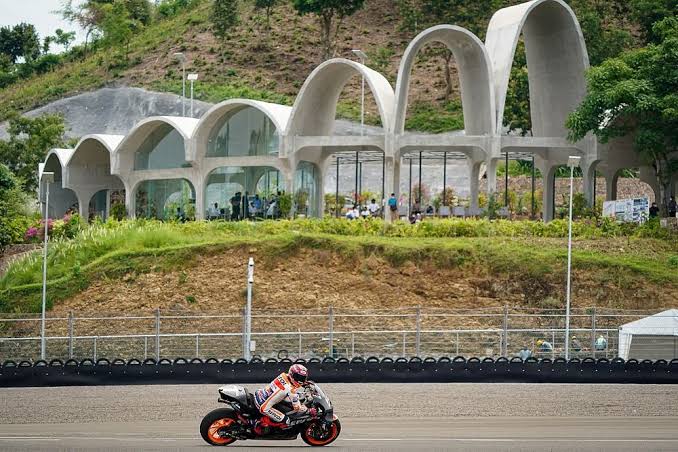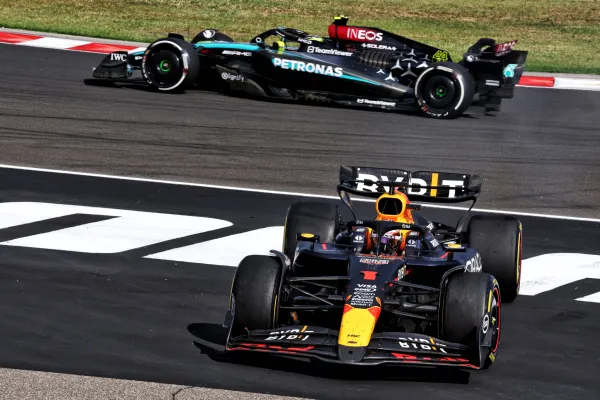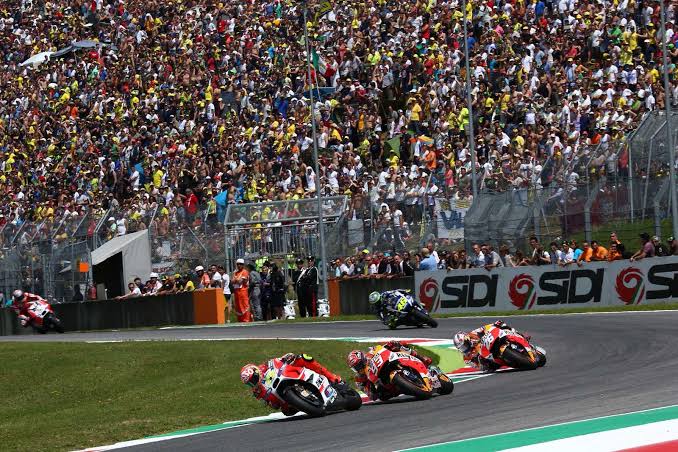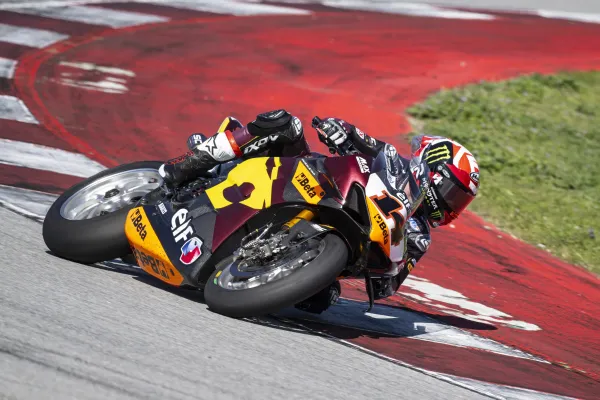How Did The Great F1 Teams Adapt Their Cars To Mexico?
The Mexico Grand Prix is a standout event on the Formula 1 calendar, thanks to its high-altitude location at the Autodromo Hermanos Rodriguez. Sitting at 2285 meters above sea level, this unique circuit presents a demanding set of challenges to F1 teams. From aerodynamics to cooling systems and power unit performance, the thin air at this altitude requires innovative solutions.
In this article, we delve into how the great Formula 1 teams adapted their cars to master the difficulties of racing in Mexico.
Red Bull’s Asymmetric Approach:
Red Bull Racing, renowned for its aero prowess, couldn’t escape the influence of Mexico’s high altitude. In this setting, where aerodynamics are more challenging, they decided to be cautious. They introduced an additional louvred panel on the right-hand sidepod bodywork, a move that continued their season-long theme of embracing asymmetry.
Ferrari’s Brake Disc Innovation:
Ferrari, a team known for favoring enhanced cooling, took a calculated step regarding its brake discs in Mexico. They opted for brake discs featuring 60 additional drill holes. This choice helped dissipate the heat generated by the disc, maintaining temperatures in the expected range despite the challenges of high altitude. Effective heat exchange between the brakes, wheel rims, and tires is critical for both performance and degradation, making this adaptation paramount for success.
Ferrari’s Cooling Strategy:
Ferrari took cooling optimization to the next level in Mexico. They supplemented their existing maximum cooling louvre arrangement with additional cooling outlets placed alongside the ‘S’ duct outlet. Notably, the left side of the car received more cooling priority than the right. Extra louvres were incorporated into the rear panel, and an additional row was added to the sidepod bodywork’s depression.
To further enhance cooling capabilities, Ferrari explored the option of a Gurney flap at the rear of the car, positioned on the trailing edge of the engine cover outlet. This cost-effective solution aids in increasing heat extraction without requiring a completely new engine cover design.
McLaren’s Cooling Solution:
McLaren, another top F1 team, recognized the necessity of improved cooling to tackle the unique challenges posed by the Autodromo Hermanos Rodriguez. They implemented two significant cooling modifications to their MCL60. First, they introduced an enlarged rear outlet at the back of the engine cover. Second, they introduced a revised front brake duct scoop.
The difference in size between the maximal and regular front brake scoops was evident not only in the inlet but also in the rear exit, requiring a cutout to accommodate the pull rod’s passage.
McLaren’s commitment to finding the best setup was evident in their unique approach to tire distribution and testing. They used a Kiel probe array mounted underneath the rear wing, as well as flo-vis applied to the wing’s central section to achieve optimal performance.
Alpine and AlphaTauri’s Engine Cover Solutions:
Both Alpine and AlphaTauri tackled the challenges of Mexico by introducing new, enlarged engine cover solutions. Alpine featured a new midsection engine cover panel with deeper louvres to aid in heat extraction. At the rear, a wider and taller exit was added.
The Mexico Grand Prix’s high-altitude setting presents Formula 1 teams with unique challenges that demand innovative solutions. Top teams like Red Bull, Ferrari, McLaren, Alpine, and AlphaTauri demonstrated their adaptability by implementing specific modifications to their cars. These adjustments are vital for managing aerodynamics, cooling systems, and power unit performance, ensuring that F1 cars can perform at their peak even in Mexico’s rarified air.
As Formula 1 continues to push the boundaries of engineering and adaptability, these strategies showcase the ingenuity and resourcefulness of the sport’s leading teams. Mexico’s unique demands prove that in F1, adaptability is key to maintaining a competitive edge. While the high-altitude challenges of the Mexico Grand Prix may be unique, they serve as a testament to the ever-evolving world of Formula 1 engineering.
